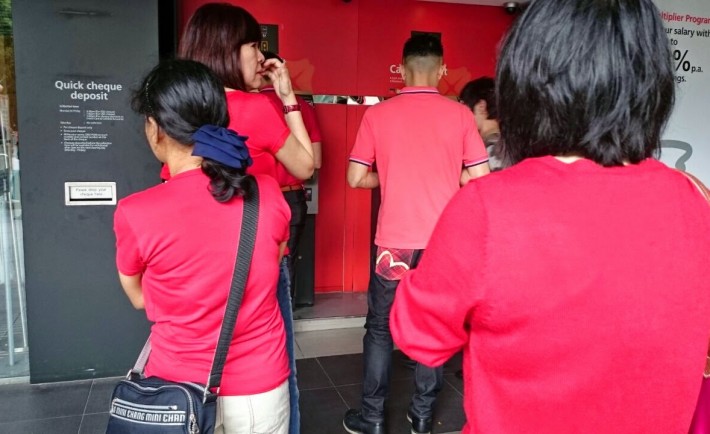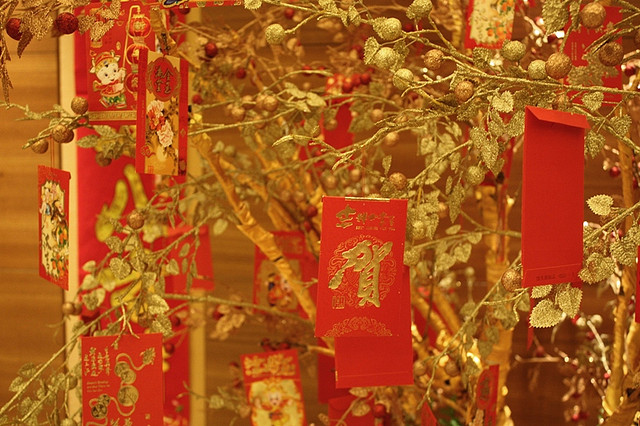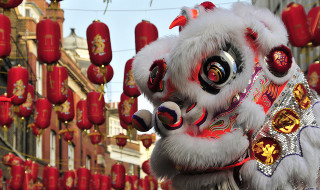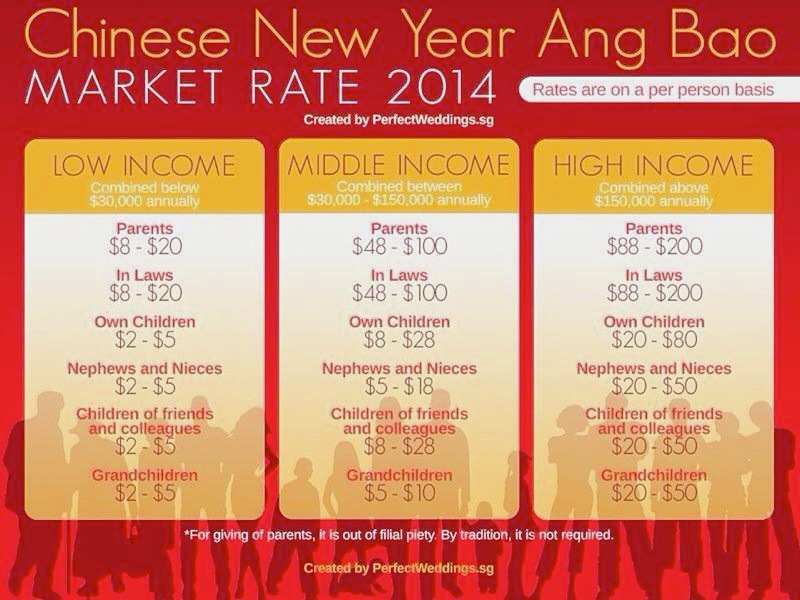Last February 4, waves of people conquered queues at the banks and the cash deposit machines across the nation.
Why? You may promptly ask.
It is because practices of Li Chun (Farmer’s Day) fall on that day. Li Chun traditionally signifies the beginning of Spring in numerous Asian cultures including Singapore. On this day, farmers celebrate with special events, offerings, and rituals to welcome a successful and blissful new year.
While in recent years, some Singaporeans believed that banking in money on Li Chun can ensure good fortune and help grow their wealth. Furthermore, a superstition dictates that wearing a red top on this “auspicious” day can bring luck!
According to the charts available online, there are four two-hour windows designated for each individual to withdraw cash. The varied “lucky hours” are based on the person’s Chinese Zodiac Sign or the year they were born. This is why a number of brave souls were seen falling in a long queue for the whole course of the day.
Some banks and companies were aware of the popularity of this practice to the point that they have had things prepared beforehand. Two key players were United Overseas Bank (UOB) as well as DBS/POSB banks.
A spokesman for UOB shared that the bank had incorporated more services and staff to handle the higher demands of that day:
“Longer queues were seen at our cash deposit machines after 3pm, as it was the auspicious timing to usher in the year of the Monkey.
To ensure that our customers had a good customer experience, we catered for extra manpower at our branches, and also ensured that cash deposit machines were serviced and emptied to accommodate the extra volume of cash deposits.”
Then UOB stepped up their services by adding special seated queues for elderly, pregnant woman, and disabled.
On the other hand, about 10,000 DBS/POSB employees had their February salaries credited to their account last Thursday. According to Theresa Phua, DBS Bank Singapore Head of Human Resources, the bank had been crediting salaries before Chinese New Year in order for their valued employees to enjoy the festivities well.





